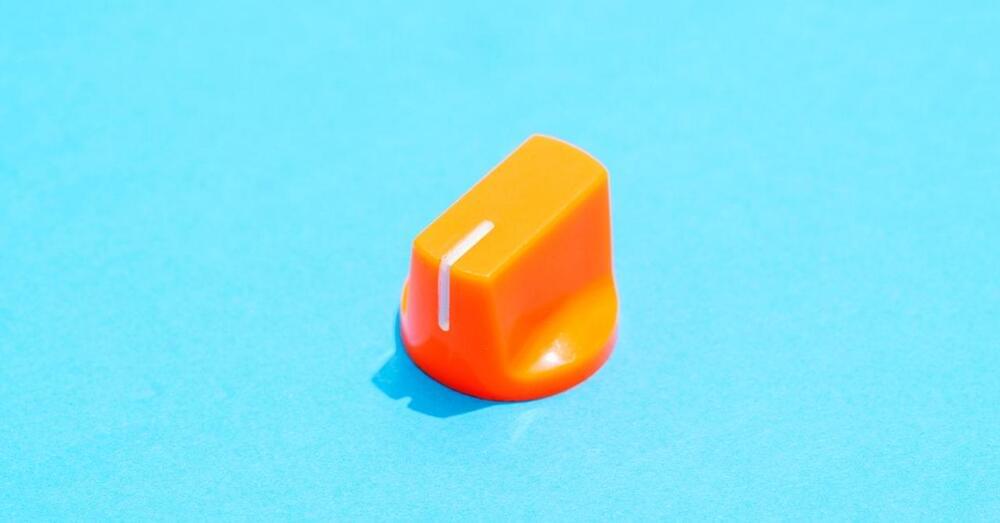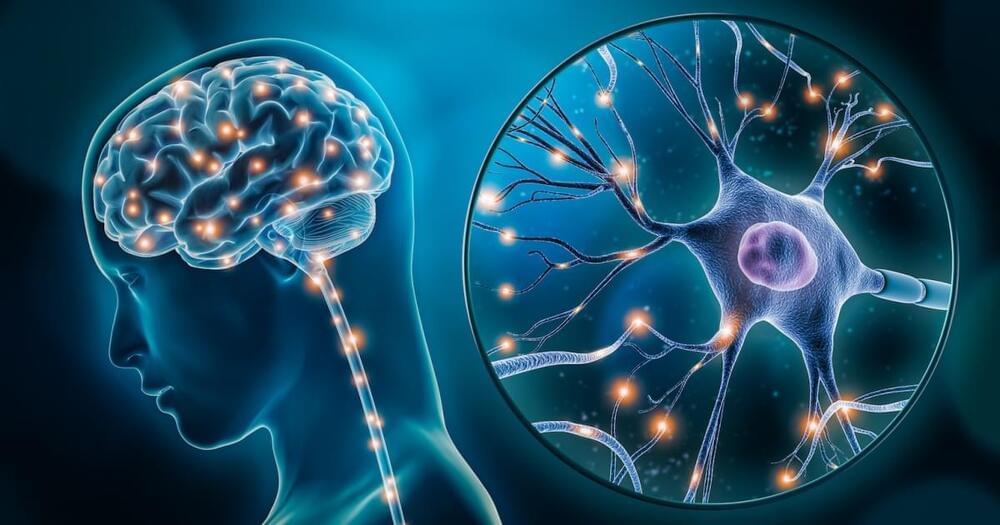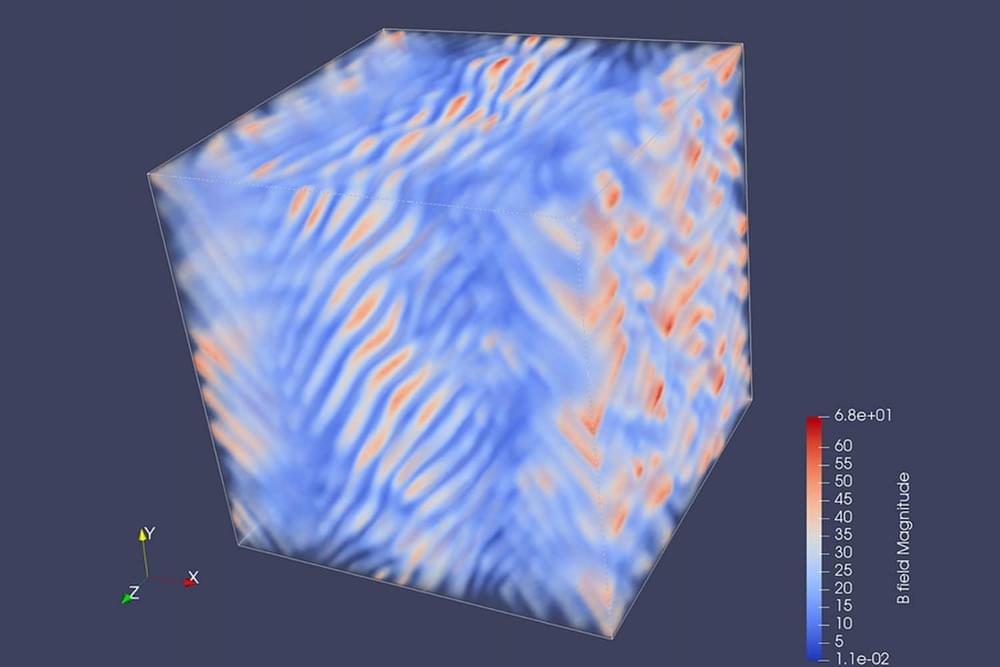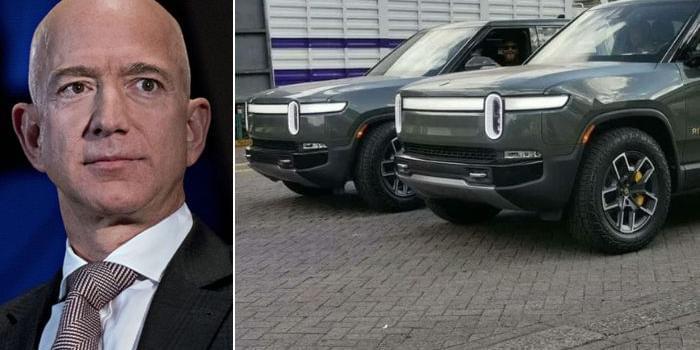Instead of deleting genes, epigenetic editing modulates their activity. A new paper tests if it’s able to undo a genetic effect of early alcohol exposure.



During the Cold War, there was a need for a new reconnaissance aircraft that could evade enemy radar, and the customer needed it fast. At Lockheed Martin’s advanced development group, the Skunk Works, work had already begun on an innovative aircraft to improve intelligence-gathering, one that would fly faster than any aircraft before or since, at greater altitude, and with a minimal radar cross section. The team rose to the nearly impossible challenge, and the aircraft took its first flight on Dec. 22, 1964. The legendary SR-71 Blackbird was born.
The first Blackbird accident that occurred that required the Pilot and the RSO to eject happened before the SR-71 was turned over to the Air Force. On Jan. 25, 1966 Lockheed test pilots Bill Weaver and Jim Zwayer were flying SR-71 Blackbird #952 at Mach 3.2, at 78,800 feet when a serious engine unstart and the subsequent “instantaneous loss of engine thrust” occurred.
The following story told by Weaver (available in Col. Richard H. Graham’s book SR-71 The Complete Illustrated History of THE BLACKBIRD The World’s Highest 0, Fastest Plane) is priceless in conveying the experience of departing a Blackbird at an altitude of fifteen miles and speed of Mach 3.2.

Lamborghinis are already marvels of engineering but they become even more so when people decide to upgrade them. This is what designer Michael Hritzkrieg did with this new model called the Lamborghini LMXX2.
You can see from the pictures that it’s got some impressive treads that run all around the car making it clear that it can tackle even the most difficult terrains such as sands, rocks and soil. IE spoke to Hritzkrieg about his innovative design and he surprisingly described it as “a rush job to meet an Instagram competition deadline.”
The competition he is referring to is the AGP Contest on Instagram which asked participants to conceive of a design using the keywords “Desert + Lamborghini + Future”.


NASA’s Artemis mission has the chief goals of sending astronauts to establish the first long-term presence on the Moon and learning what is necessary to send the first astronauts to Mars. But it’s also planning to do so much more than that.
One of its many scientific mission will see the agency send the Lunar Vulkan Imaging and Spectroscopy Explorer (Lunar-VISE) and the Lunar Explorer Instrument for space biology Applications (LEIA) to the Moon in order to explore the mysterious Gruithuisen Domes, geological features that have puzzled scientists for years.


All cosmic objects are embedded in magnetic fields. However, these fields are weak, but they are dynamically significant because they have profound effects on the dynamics of the universe.
The origin of these cosmic magnetic fields remains one of the most fundamental mysteries in cosmology, despite decades of intensive attention and inquiry.
By studying the dynamics of plasma turbulence, scientists from MIT are helping to solve one of the mysteries of the origins of cosmological magnetic fields.


John ClaytonVirtual children, Virtual marriages, Virtual relationships. That’ll keep the human race going and in a great direction as well. Nothing like staying away from reality.
2 Replies.
Adrian ScottConstructing arguments from bad assumptions; there’s no overpopulation now or any time soon amid declining birth rates…
View 4 more comments.
Omuterema Akhahenda shared a link.
The electric-car revolution has continued to take root in Kenya with the entry of the revered Rivian R-1T pick-up valued at Ksh7.8 million (USD67,000).
“Ultrasonic frequencies are already being used in destructive procedures like laser ablation of tissues and tumours,” said Prof. Muthukumaran Packirisamy, who led the study along with Dr. Mohsen Habibi and PhD student Shervin Foroughi. “We wanted to use them to create something.”
For instance, utilizing the technique, aircraft mechanics could conceivably 3D-print repairs onto internal components, without opening the plane’s fuselage. It’s even possible that implants could be 3D printed within a patient’s body, without the need for surgery.
Besides the PDMS resin, the scientists have also successfully used DSP to print objects made of ceramic material. They now plan on experimenting with polymer-metal composites, followed by pure metal.
3D printing typically involves depositing layers of molten plastic, laser-melting powdered metal, or using UV light to harden gelatinous resin. A new technique takes yet another approach, however, by utilizing sound waves.
Developed by a team of scientists at Canada’s Concordia University, the technology is known as direct sound printing (DSP).
In the current version of the technique, a transducer is used to send focused pulses of ultrasound through the sides of a chamber, into liquid polydimethylsiloxane (PDMS) resin contained within. Doing so produces ultrasonic fields, which cause rapidly oscillating microscopic bubbles to temporarily form at specific points in the resin.